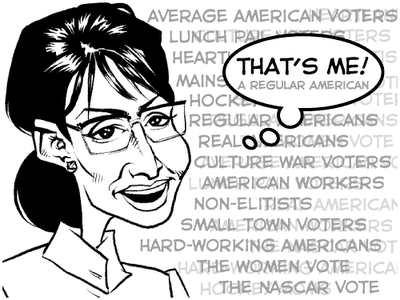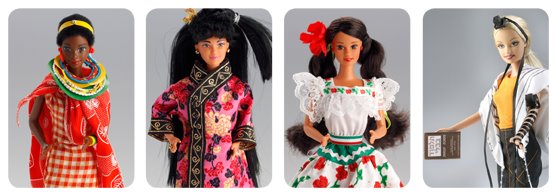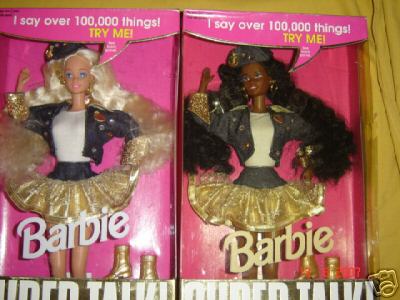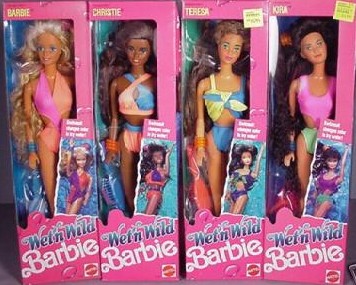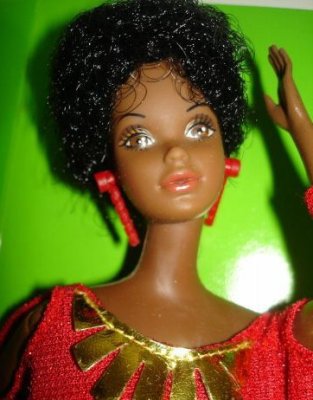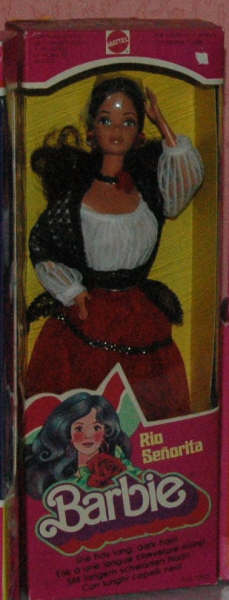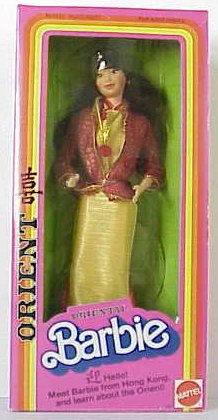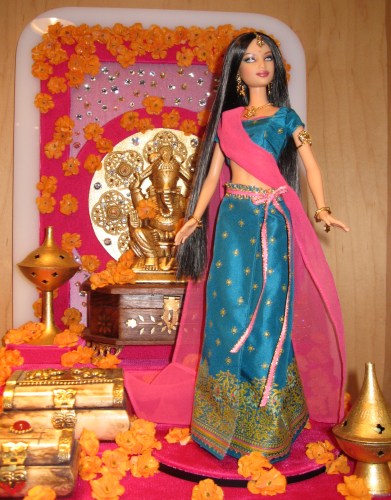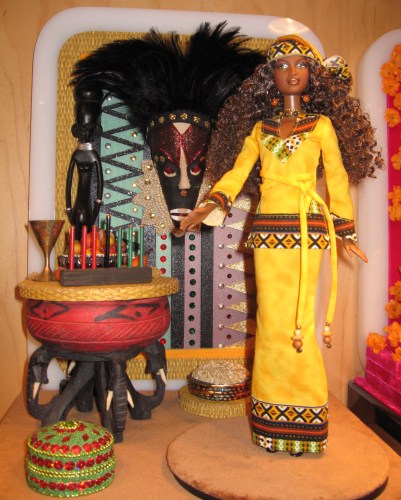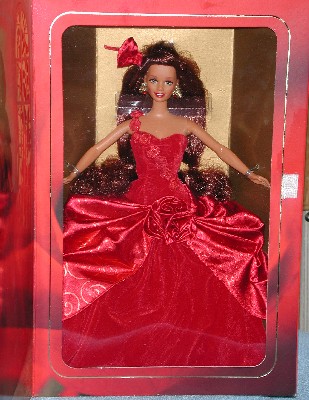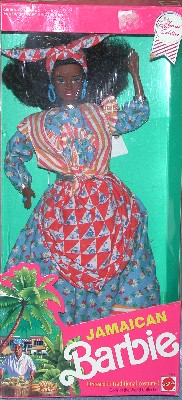Michael T. sent in an observation about the Yes on Proposition 8 website, which (successfully) aimed at amending the California constitution to disallow gay marriage. Along the top of the screen, the four different images below accompanied the slogan “Restoring Marriage & Protecting California Children.” These marriages, Michael surmises, must be the ones that need protecting. In addition to reproducing heteronormativity and childbearing, notice that the images are self-consciously diverse, but represent all marriages as within race.
Thanks Michael!







